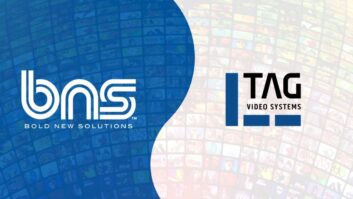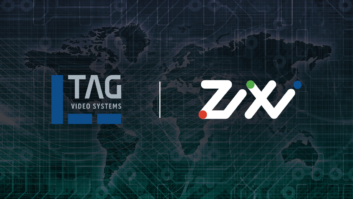The business landscape for broadcasters and OTT video providers has radically changed over the past year. Recessionary pressures on advertising spend and inflationary impacts on household entertainment budgets have led to slower revenue growth than anticipated. Customers’ spending cuts have reverberated across the industry, prompting belt-tightening and strategic revisions as priorities.
Amidst these challenging times, a critical question arises – is the video industry genuinely more unique and complex in its use cases than other sectors? There seems to be no underlying basis for this claim, yet it’s surprising to witness the surge in bespoke software development within the video industry over the last five years. Despite this, many video providers have chosen to reinvent the wheel, building sizable technology departments to create customised video solutions. However, the reality is that partly or fully off-the-shelf solutions often present a more cost-effective, mature, and feature-rich alternative than in-house developments.
Industry maturity plays a significant role in driving this trend, not unlike other sectors that have experienced similar transitions. Take e-commerce a decade ago, when most providers invested heavily in building their platforms for commerce, checkout, and payment solutions. Today, with platforms like Shopify, a shopping service can be launched within hours, and more complex e-commerce platforms can be used as enterprise solutions.
The solution to the industry’s challenges is apparent: a shift towards SaaS solutions. Embracing more mature technologies can significantly lower development and technology costs by up to 50 per cent, all without compromising quality or user satisfaction. This move is not merely a recommendation but necessary for the industry’s survival and resilience.
Home-grown solutions will likely become the domain of the largest video providers, while the majority will embrace the benefits of SaaS (Software as a Service) solutions. The current macroeconomic climate will accelerate this transformation, necessitating a focus on profitability and efficient investments. Until now, the industry’s focus has primarily been on getting to market, often overlooking optimisation efficiencies and the long-term total cost of ownership.
Picture a new era of broadcasting, where innovation and agility reign supreme. SaaS solutions offer scalability, flexibility, and an array of features that can be tailored to meet each organisation’s unique needs. The cost savings are not theoretical; they are proven and substantial.
Some may argue that this shift is radical and may lead to a loss of control or customisation. However, the reality is different. The largest video providers may still find reasons to develop home-grown solutions, but for the vast majority, the path forward is collaboration, integration, and a willingness to evolve.
The industry must shed its outdated paradigms and embrace an efficient, vibrant, forward-thinking future. The old ways are not just cumbersome; they are a burden that the industry can no longer afford to bear.
In a world where change is the only constant, the broadcasting industry must adapt or risk becoming a relic of the past. The shift towards SaaS is more than a technological trend; it’s a strategic imperative. The time to act is now. By embracing SaaS solutions, broadcasters and video service providers can lay the foundation for a thriving future that navigates challenges and embraces opportunities with resilience and confidence.
Here are a few rhetorical questions to check if you are ready for the next phase of online video:
- Are you proactively plotting a path to reduce R&D expenses by 30-50 per cent in the next five years, a critical step for sustaining your competitive edge?
- Who truly captains when devising the long-term technical strategy within your company? Few individuals are inclined to suggest a course that involves substantial cost curtailment for their roles and teams, such as transitioning to SaaS solutions.
- Have you considered SaaS’s environmental and sustainability advantages over in-house solutions, recognising that cloud efficiencies often lead to a smaller carbon footprint and reduced resource waste?







